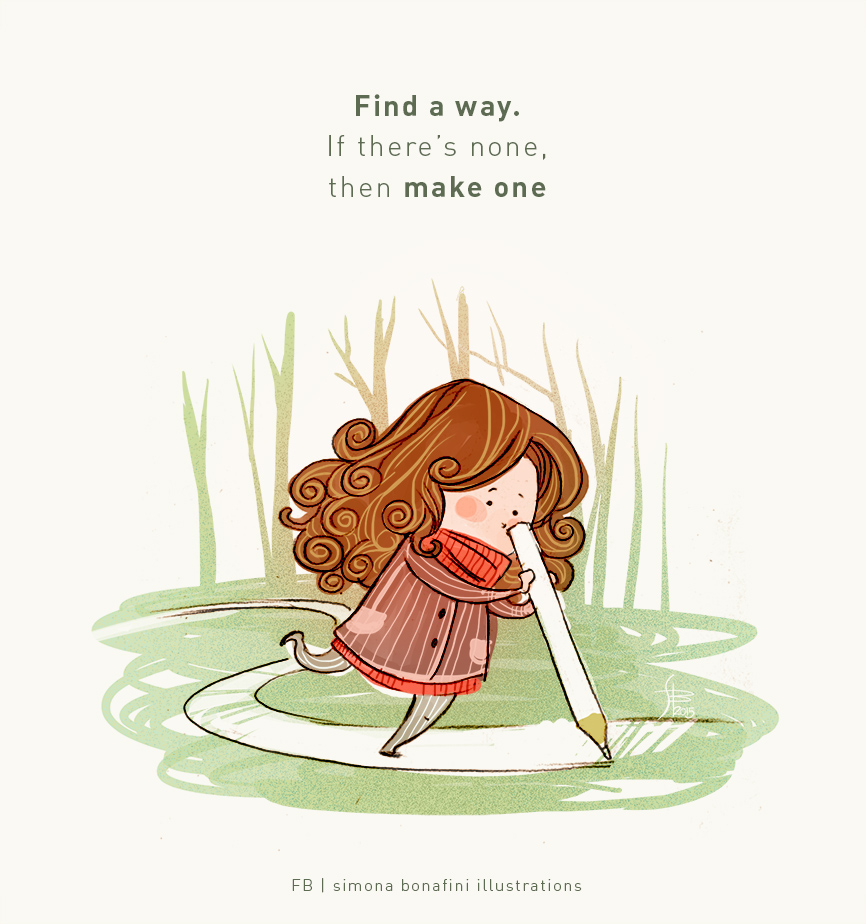Why read?

Image by Cliker-Free-Vector-Images / 29546 on pixabay.com
At the beginning of this subject we were asked to consider this question and Shelley (2021, November) summed up my thinking in a comprehensive list. I currently work as an English teacher in the secondary system and we have spent the past four years building an independent program called ‘Read, Think, Succeed’. We have taken students to Readings Bookshop to choose books for purchase, created student reading ambassador roles, and successfully argued for a weekly 70 minute session for every English class from years 7-10 to participate in a literacy lesson that has discussion at its centre. I am confident that we have researched and are imparting the message that reading is everything BUT… it is everything in the context of English.
What’s next?
In my blog post The bright future of children’s literature (Kempinger, 2020, November 22), I identified several areas of interest, but there are two that I feel inform my next steps after completing this subject. These are critical thinking through and visual literacy.
With English teachers on the right track, my focus as a teacher librarian is across other curriculum areas. Throughout this subject my work has revolved around the humanities and this has shown me the enormous potential of using fiction to bring another layer of meaning and understanding to students’ comprehension of the (often quite difficult to image) world beyond their personal experiences.
Critical thinking

Image by jambulboy on pixabay.com
We want students to be able to take information and apply their knowledge and experience to think critically about the information that is presented. Are they ready and able to do this without support? In my experience, rarely. Fisher & Frey (2018) identify the value of discussion between students as a way to deepen understanding. My intention this year is to collaborate with humanities teachers to understand the topics that bring with them the challenge of empathy (such as the ANZAC experience) and provide selected fiction texts in varying formats that can be used in the classroom to develop this. Without the empathy, the critical thinking will be unlikely.
Visual literacy

Image by prettysleepy on pixabay.com
Complex images surround us in the form of advertising, commentary, comedy and story-telling. If we are to understand the nuance and/or multiple meanings presented in visuals, we need to be able to interpret them. Jaffe & Hurwich (2019) explain that students needs to be able to “read’ an image before they can think critically about the message being imparted.
Although graphic novels and picture books do form part of our current library collection, more care needs to be taken when selecting these titles so that there are opportunities within them for unpacking meaning, discussion and critical thinking.
Multi-literacies

Image by s_grafik on pixabay.com
This idea is multi-faceted. On one hand I want to bring more variety into the library and on the other hand I want students to have more opportunity to show their learning in a variety of ways (including those in the resource kit that I created).
In the discussions for module 5, I talked about the use of podcasts to engage students (Kempinger, 2022, January). This is an area that I will continue to explore to see what is available, of good quality, and listened to by students already, and how they can be best promoted.
References
Fisher, D. & Frey, N. (2018). Raising reading volume through access, choice, discussion and book talks. The Reading Teacher, 72(1).
Jaffe, M. & Hurwich, T. (2019). Worth a thousand words: using graphic novels to teach visual and verbal literacy. John Wiley & Sons, Inc.
Kempinger, N. (2022, January 9). Podcasts [Online discussion comment]. Interact 2. https://interact2.csu.edu.au/
Shelley, S. (2021, November 20). RE: 1.1b: Why read? [Online discussion comment]. Interact 2. https://interact2.csu.edu.au/














